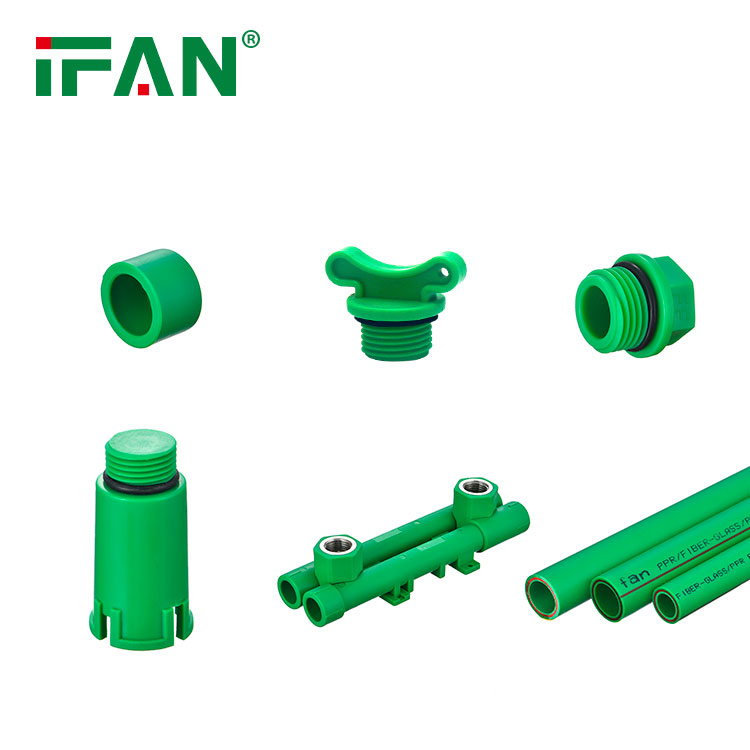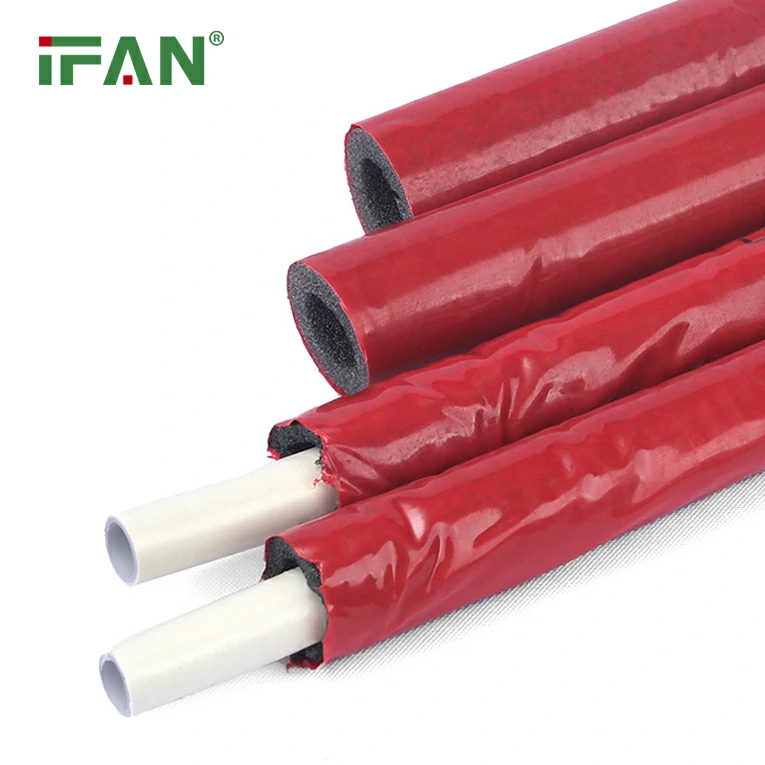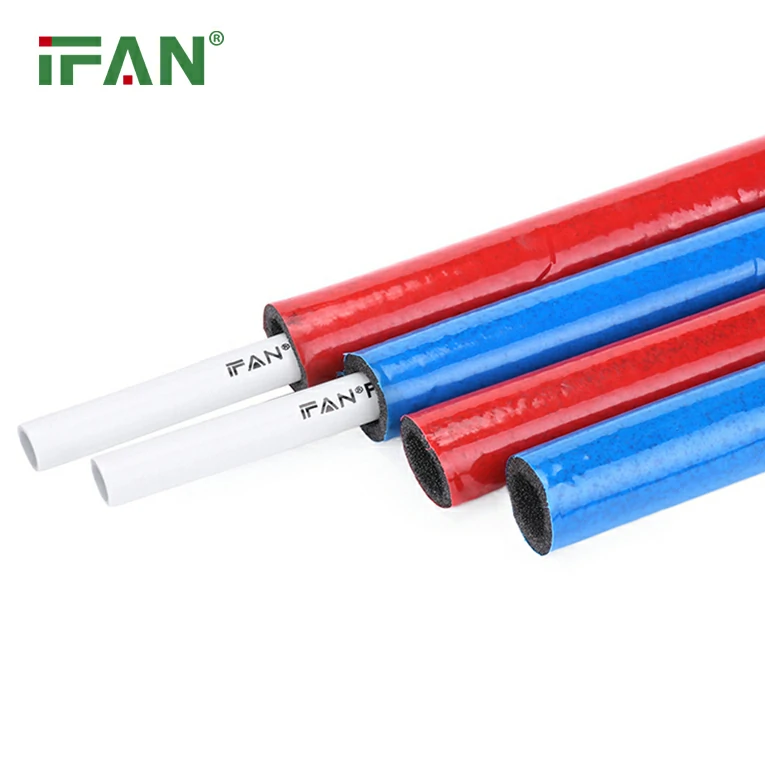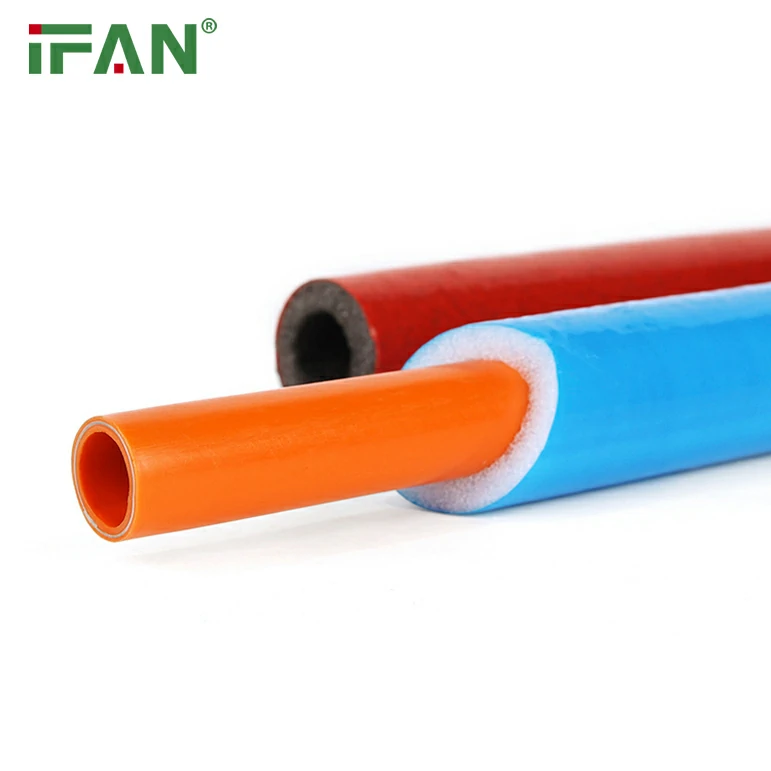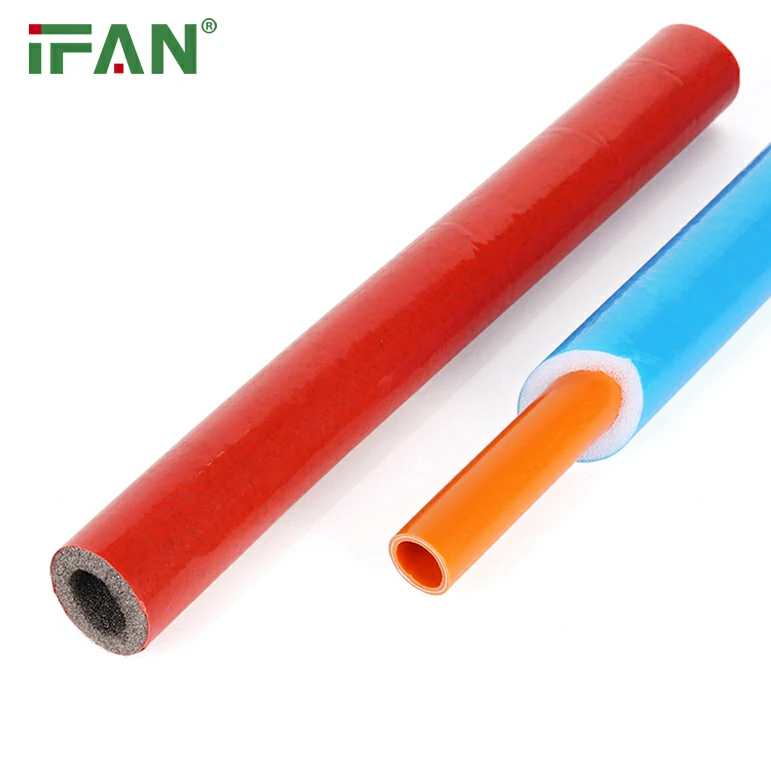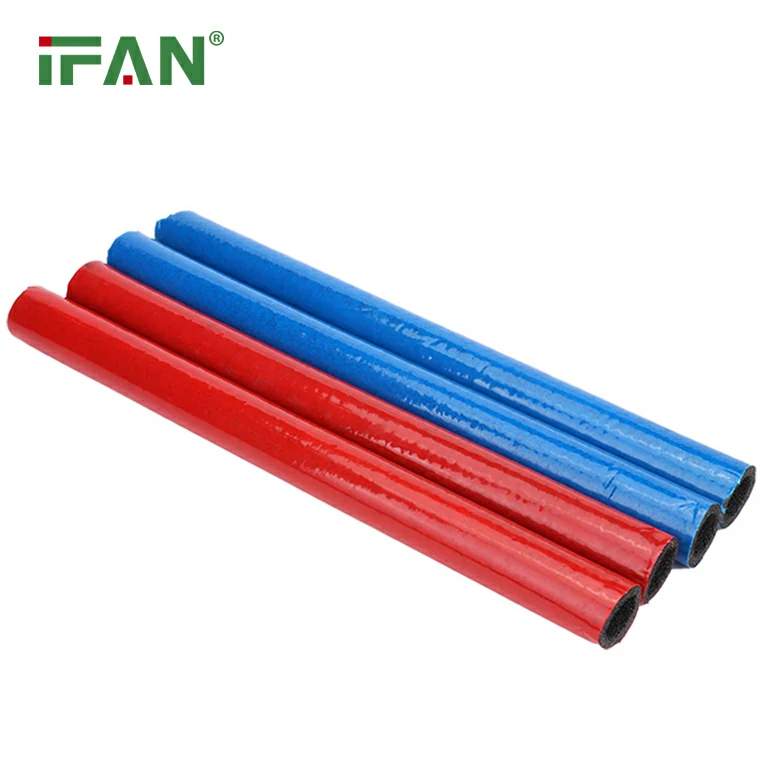What Are The Main Uses of PPR Pipe Fittings? A Comprehensive Overview
PPR (Polypropylene Random) pipe fittings play a crucial role in various industries and applications. Let’s explore the main uses of PPR pipe fittings and their significance in different sectors.
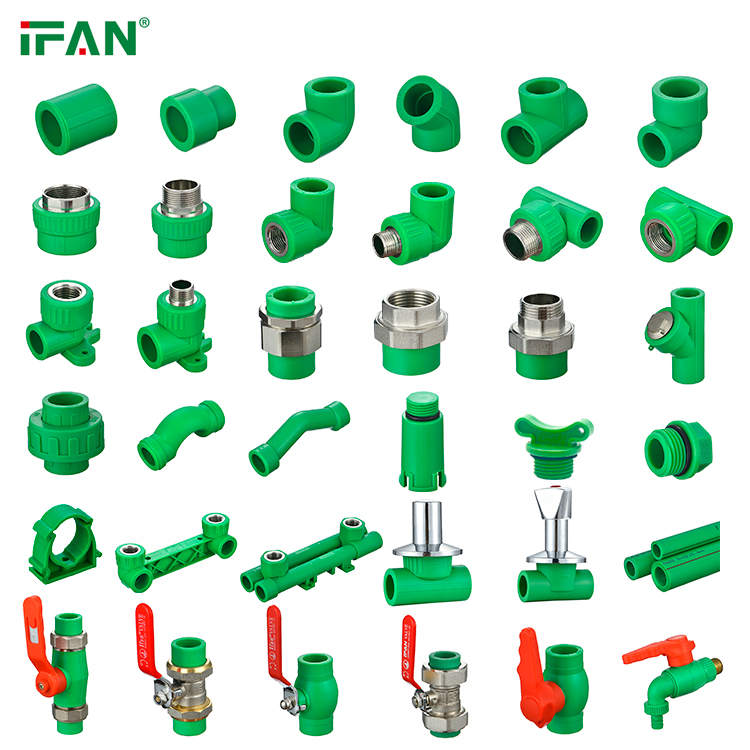
Residential Plumbing Systems
PPR pipe fittings are extensively used in residential plumbing systems. They provide the necessary connections and joints for PPR pipes, ensuring a reliable and efficient water supply to different fixtures in homes. PPR pipe fittings allow for easy installation and maintenance, ensuring leak-proof connections and preventing water wastage. They are used for connecting pipes, branching water supply lines, and creating bends or turns to accommodate the layout of the plumbing system.
Commercial and Industrial Plumbing Systems
PPR pipe fittings are widely utilized in commercial and industrial plumbing systems. They enable the seamless connection of PPR pipes, ensuring a robust and efficient water supply in hotels, hospitals, office buildings, factories, and other establishments. PPR pipe fittings are available in various types, such as elbows, tees, couplings, reducers, and valves, allowing for versatile plumbing configurations based on specific requirements. They provide reliable and leak-free connections, contributing to the overall durability and performance of the plumbing infrastructure.
Heating and Cooling Systems
PPR pipe fittings are essential components in heating and cooling systems. They enable the connection of PPR pipes in underfloor heating systems, radiator networks, and air conditioning systems. PPR pipe fittings ensure proper flow and distribution of hot or cold water, refrigerants, and coolant, maximizing the efficiency of these systems. They provide leak-proof connections, allowing for the controlled and precise movement of fluids, enhancing the overall performance and longevity of heating and cooling installations.
Agricultural Irrigation Systems
PPR pipe fittings are widely used in agricultural irrigation systems. They facilitate the connection and branching of PPR pipes, enabling efficient water distribution to farms and fields. PPR pipe fittings allow for the creation of drip irrigation networks, sprinkler systems, and other irrigation setups, ensuring that crops receive the required amount of water for optimal growth. These fittings are designed to withstand the outdoor elements and provide leak-free connections, ensuring water conservation and efficient irrigation practices.
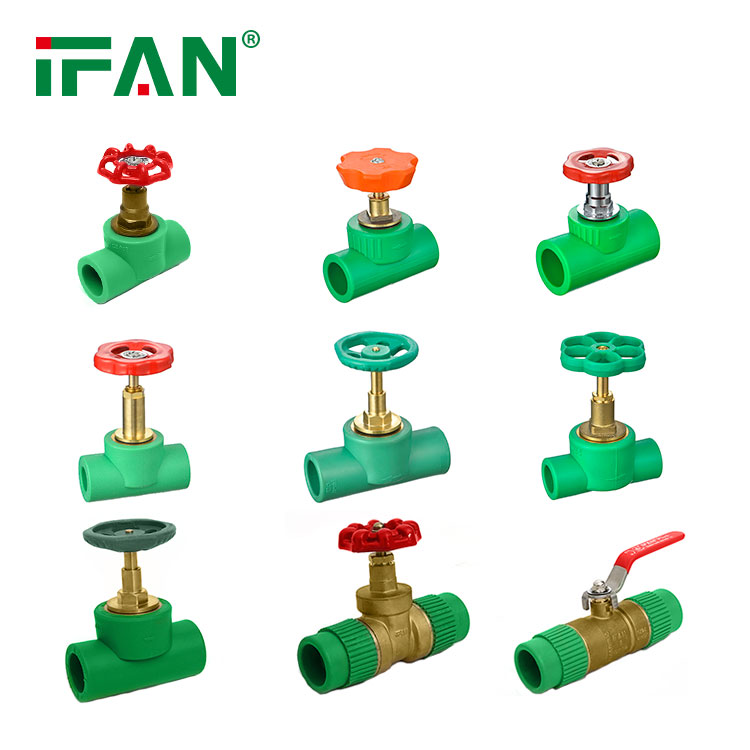
Advantages of PPR Pipe Fittings
- Durable and Long-lasting: PPR pipe fittings are made from high-quality materials, ensuring durability and a long service life. They can withstand pressure, temperature variations, and the rigors of various applications.
- Leak-Proof Connections: PPR pipe fittings provide reliable and leak-proof connections, ensuring efficient water distribution and preventing water wastage or damage to surrounding infrastructure.
- Easy Installation: PPR pipe fittings are designed for easy installation, enabling quick and hassle-free connections. They can be easily assembled or disassembled, allowing for flexibility during installation or maintenance.
- Chemical Resistance: PPR pipe fittings are resistant to chemicals, making them suitable for applications involving corrosive substances or harsh environments.
- Versatility: PPR pipe fittings are available in various types, sizes, and configurations, allowing for versatile plumbing layouts and meeting specific requirements of different applications.
In summary, PPR pipe fittings are vital components in residential, commercial, and industrial plumbing systems, as well as heating, cooling, and agricultural irrigation systems. Their durability, leak-proof connections, ease of installation, chemical resistance, and versatility make them essential for ensuring efficient water supply, maintaining optimal performance, and enhancing the overall durability of plumbing and fluid transportation infrastructure.
